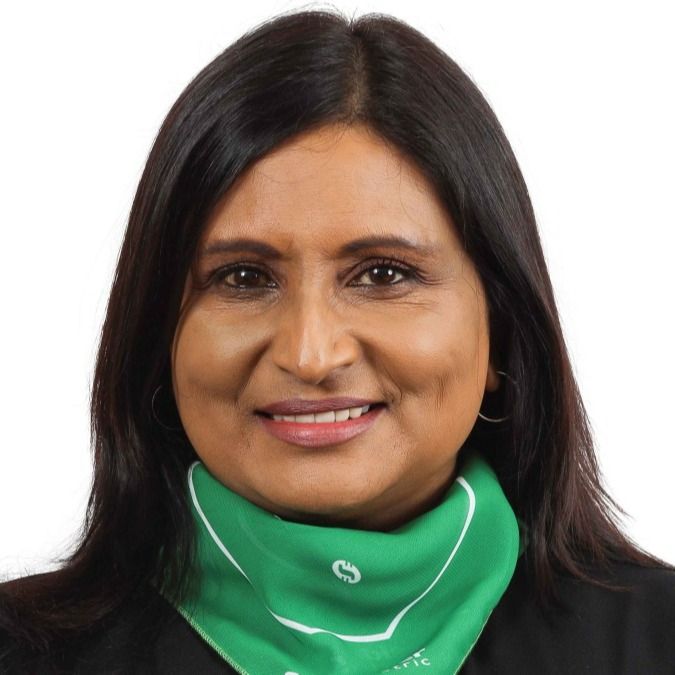The multi-generational workforce – why age is really just a number
For the first time ever, five generations are working side by side in the workplace. With advancements in health and subsequent age, which are seeing employees retiring at a later stage in life, we are living in a time of a powerful, experienced, and diverse workforce.
And it’s good for business. According to the World Economic Forum (WEF), multi-generational workforces can create a significant competitive advantage, generating a stronger pipeline of talent, improving workforce continuity and stability, and assisting with the retention of critical skills and knowledge.
The WEF also cites research by the Organisation for Economic Co-operation and Development (OECD) Promoting an Age-Inclusive Workforce which says: “Diversity of experience, generations and skills gives employers an important opportunity to harness the talent that different age groups bring to the workplace and improve productivity and profitability”.
With a multi-generational workforce comes a varied range of motivation, drivers, needs and values. For example, the youngest generation, Generation Z are made up of digital natives – born in world changed by the Internet. Generation Z employees often bring new, fresh, and innovative ideas that are aligned with the digital world.
Whilst some might argue that a wide age gap within a company could hinder innovation; younger employees bring the new ideas whereas their more seasoned colleagues stick to a tried and tested formula, this is not the case.
Together, multiple generations can bring the best of five worlds, so to speak. Says the WEF: “Senior talent can boost firm productivity not only through their own experience and wisdom, but also enhancing team performance through skills matching – knowledge sharing between junior and senior employees, resulting in intergenerational learning and collaborating.”
Here, it is important to create a work environment for multiple generations. A great enabler is flexible working. For example, allowing employees to work from both home and the office and allow leeway for private responsibilities such as picking up children from school or visiting the dentist.
The bottom line is each generation brings something special to the table. The trick is to use the right tools to motivate and gain the most from everybody – whether they are 19 years old or 70.
Speak to your employees and leadership teams and put tailored initiatives in place such as upskilling opportunities at the various phases of their careers or reverse mentoring, which allows for upskilling and supports cross-generational knowledge sharing.
At Schneider Electric, we aim to foster learning, upskilling, and development for each generation to pave the way for the next. Our initiatives and policies include:
- Doubling the number of opportunities for internships, learnerships and fresh graduate hires.
- Continuing our student Schneider Go Green competition, where students propose bold approaches to solving energy issues.
- Ensuring systematic career reviews and development plans for all employees at least 5-10 years before retirement
- A focus on Senior Talent to allow for these employees to remain engaged in opportunities to transfer their extensive skills and knowledge
- Providing opportunities for reverse mentoring relationships and digital upskilling programmes for all employees.
- Supporting local non-governmental organisations (NGOs) that offer training programmes for young people.
